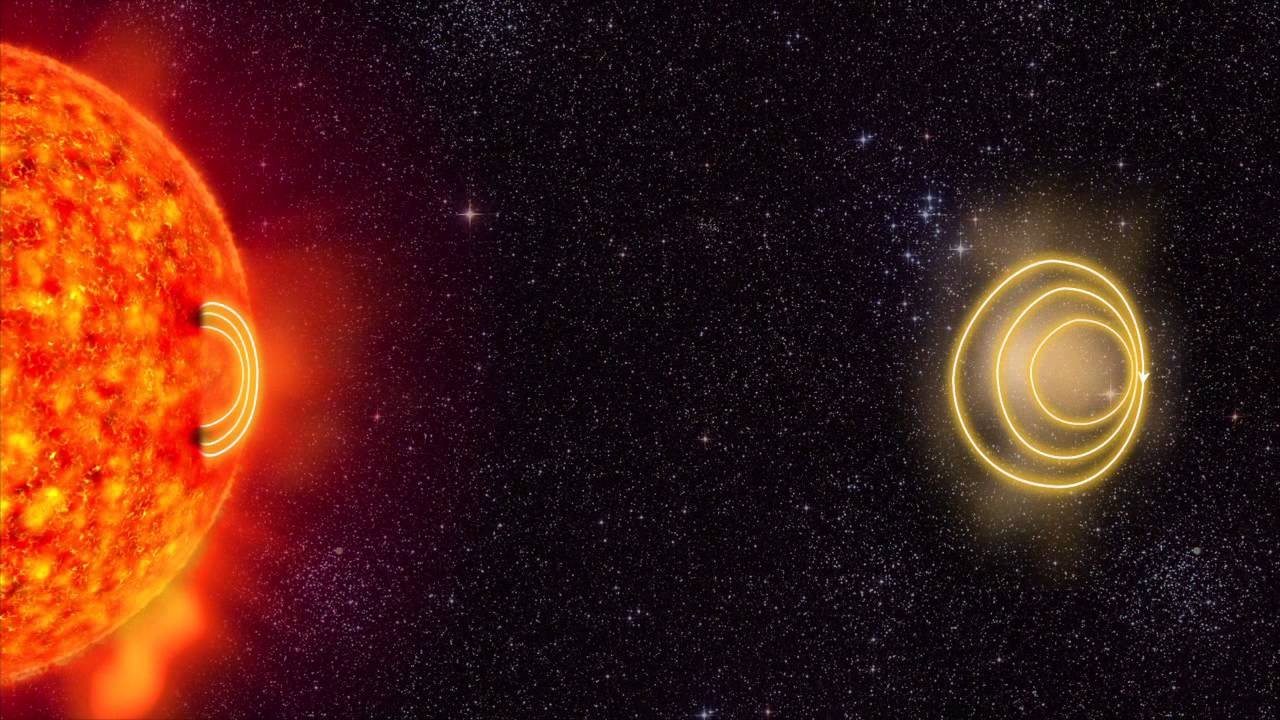The mesmerizing displays of auroras have captivated human imagination for centuries.
Known as the Northern and Southern Lights, these natural light shows are primarily seen in high-latitude regions around the Arctic and Antarctic.

The science behind these awe-inspiring phenomena is deeply intertwined with geomagnetic storms.
In this article, we will delve into the intricacies of how geomagnetic storms affect auroras, exploring their origins, mechanics, and the resulting visual spectacles.
What are Geomagnetic Storms?
Definition of Geomagnetic Storms
Geomagnetic storms are temporary disturbances of the Earth’s magnetosphere caused by solar wind shock waves and magnetic field interactions.
These disturbances can last from hours to days and are characterized by increased geomagnetic activity.

Causes of Geomagnetic Storms
Solar Flares
Solar flares are sudden eruptions of energy on the sun’s surface, which release large amounts of electromagnetic radiation into space.
When these flares are directed towards Earth, they can trigger geomagnetic storms.
Coronal Mass Ejections (CMEs)
CMEs are massive bursts of solar wind and magnetic fields rising above the solar corona or being released into space.
When CMEs collide with the Earth’s magnetosphere, they can cause significant geomagnetic disturbances.
The Earth’s Magnetosphere
Understanding the Magnetosphere
The Earth’s magnetosphere is a region around the planet dominated by its magnetic field.
This magnetic field acts as a shield, protecting the Earth from the solar wind’s charged particles.

Structure of the Magnetosphere
The magnetosphere comprises several distinct regions, including the bow shock, magnetosheath, magnetotail, and the Van Allen radiation belts.
Each of these regions plays a role in how geomagnetic storms affect the Earth.
Interaction Between Solar Wind and the Magnetosphere
Solar Wind-Magnetosphere Interaction
When the solar wind, carrying charged particles from the sun, encounters the Earth’s magnetosphere, it can induce geomagnetic storms.
The intensity and duration of these storms depend on the strength and orientation of the solar wind’s magnetic field.
Magnetic Reconnection
Magnetic reconnection is a fundamental process where the magnetic fields of the Earth and the solar wind connect and realign.
This reconnection releases a tremendous amount of energy, contributing to geomagnetic storms.

Formation of Auroras
What are Auroras?
Auroras are natural light displays that occur when charged particles from the sun collide with gases in the Earth’s atmosphere.
These collisions excite the gas molecules, causing them to emit light of various colors.
Types of Auroras
Aurora Borealis
Also known as the Northern Lights, Aurora Borealis is visible in the Northern Hemisphere, particularly in regions near the Arctic Circle.
Aurora Australis
Aurora Australis, or the Southern Lights, occurs in the Southern Hemisphere, mainly around the Antarctic region.
Colors of Auroras
The colors of auroras depend on the type of gas molecules involved and the altitude at which the collisions occur. Common colors include green, red, blue, and purple.

How Geomagnetic Storms Influence Auroras
Enhanced Auroral Activity
Geomagnetic storms significantly enhance auroral activity by increasing the number of charged particles entering the Earth’s atmosphere.
This results in more frequent and intense auroras.
Expansion of Auroral Zones
During strong geomagnetic storms, auroral zones expand towards the equator, allowing people at lower latitudes to witness these spectacular displays.
Variation in Auroral Intensity
The intensity of auroras varies with the strength of geomagnetic storms.
Stronger storms produce brighter and more dynamic auroras, while weaker storms result in dimmer displays.
Scientific Instruments Used to Study Auroras
Ground-Based Observatories
Ground-based observatories equipped with specialized cameras and spectrometers monitor auroras and geomagnetic activity.
Satellite Missions
Satellites like NASA’s THEMIS mission and the European Space Agency’s Swarm mission provide valuable data on geomagnetic storms and auroras from space.
Magnetometers
Magnetometers measure variations in the Earth’s magnetic field, helping scientists track geomagnetic storms and predict auroral activity.

Impact of Geomagnetic Storms on Technology
Satellite Operations
Geomagnetic storms can disrupt satellite operations, causing communication failures, navigation errors, and even physical damage to satellites.
Power Grids
Strong geomagnetic storms induce electric currents in power lines, potentially leading to power outages and damage to transformers and other infrastructure.
Aviation
High-frequency radio communications used in aviation can be disrupted by geomagnetic storms, affecting flight operations, especially at high latitudes.
Historical Geomagnetic Storms and Auroras
The Carrington Event (1859)
The Carrington Event was the most powerful geomagnetic storm on record.
It caused widespread auroral displays visible as far south as the Caribbean and disrupted telegraph systems worldwide.
The Quebec Blackout (1989)
A geomagnetic storm in 1989 caused a nine-hour blackout in Quebec, Canada, highlighting the vulnerability of power grids to space weather events.

The Role of Space Weather Forecasting
Predicting Geomagnetic Storms
Space weather forecasting involves monitoring the sun’s activity and predicting the arrival of solar wind disturbances that can trigger geomagnetic storms.
Mitigating Risks
Accurate forecasts enable power companies, satellite operators, and aviation authorities to take preventive measures to minimize the impact of geomagnetic storms.
Conclusion
Geomagnetic storms and auroras are intimately connected phenomena resulting from the dynamic interactions between the sun and the Earth’s magnetosphere.
While geomagnetic storms can pose risks to modern technology, they also produce some of the most beautiful and awe-inspiring natural displays on our planet.
Understanding these processes not only enriches our knowledge of space weather but also helps us appreciate the beauty of the auroras.

